Do you know that temporary tattoos can last longer than what might fit in two or three days? It may come as a surprise to many, but yes – there is an easy way to prolong the longevity of your temporary tattoos. Whether you are looking for something unique and fun to spice up one night out, or if you want a memorable design that will be with you for longer than just a few days, this post contains all the key tips and tricks on how to make sure your temporary tattoo lasts as long as possible! Keep reading and by the end of it, you will have mastered the art of making those beloved designs stay put on your skin for much longer.
What is a Temporary Tattoo?
A temporary tattoo is a non-permanent image on the skin resembling a real tattoo. Temporary tattoos can be drawn, painted, airbrushed, or needled in the same manner as permanent tattoos, but with an ink that lasts up to a week. The most common method of applying a temporary tattoo is by transferring the image from a printed design onto the skin using water. This type of temporary tattoo is often found in bubble gum machines, toy stores, and fun fairs, where they’re a popular adornment for children.
However, they have found increasing popularity with adults too, who enjoy the freedom of expressing themselves through body art without the permanence or the commitment of a real tattoo. Temporary tattoos have evolved significantly over the years, now boasting incredibly intricate and realistic designs, further enhancing their appeal for people of all age groups.
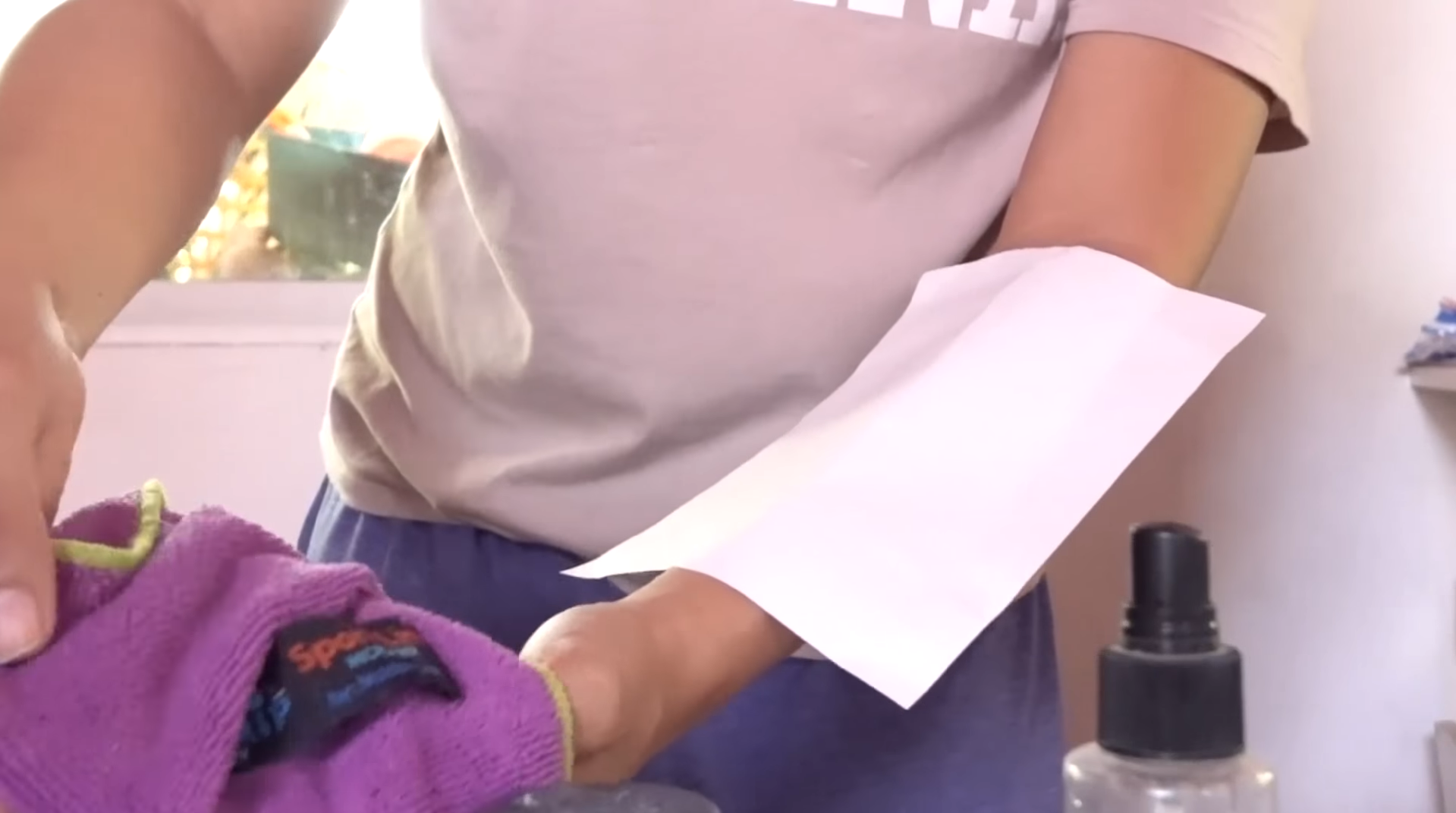
How long can a temporary tattoo last?
The longevity of a temporary tattoo largely depends on several factors such as the quality of the tattoo, where it’s placed on the body, and how it’s cared for after application. Typically, a well-made temporary tattoo placed on an area of the body with little hair or friction can last anywhere from three days to two weeks. Areas like the hands or feet, which experience more wear and tear, might see the tattoo fade more quickly.
Proper care can also help extend the life of your temporary tattoo. This includes keeping the tattooed area clean and free from sweat or oil, which can erode the tattoo. Avoiding rubbing or friction on the tattooed area, for instance, by not wearing tight clothing over the tattoo, can also prolong its life.
It’s also worth noting that temporary tattoos made with henna or jagua ink can last longer, with some designs lasting up to a month with proper care. These tattoo inks stain the skin more deeply and are not easily washed off. However, the actual duration will still depend on individual skin type and lifestyle.
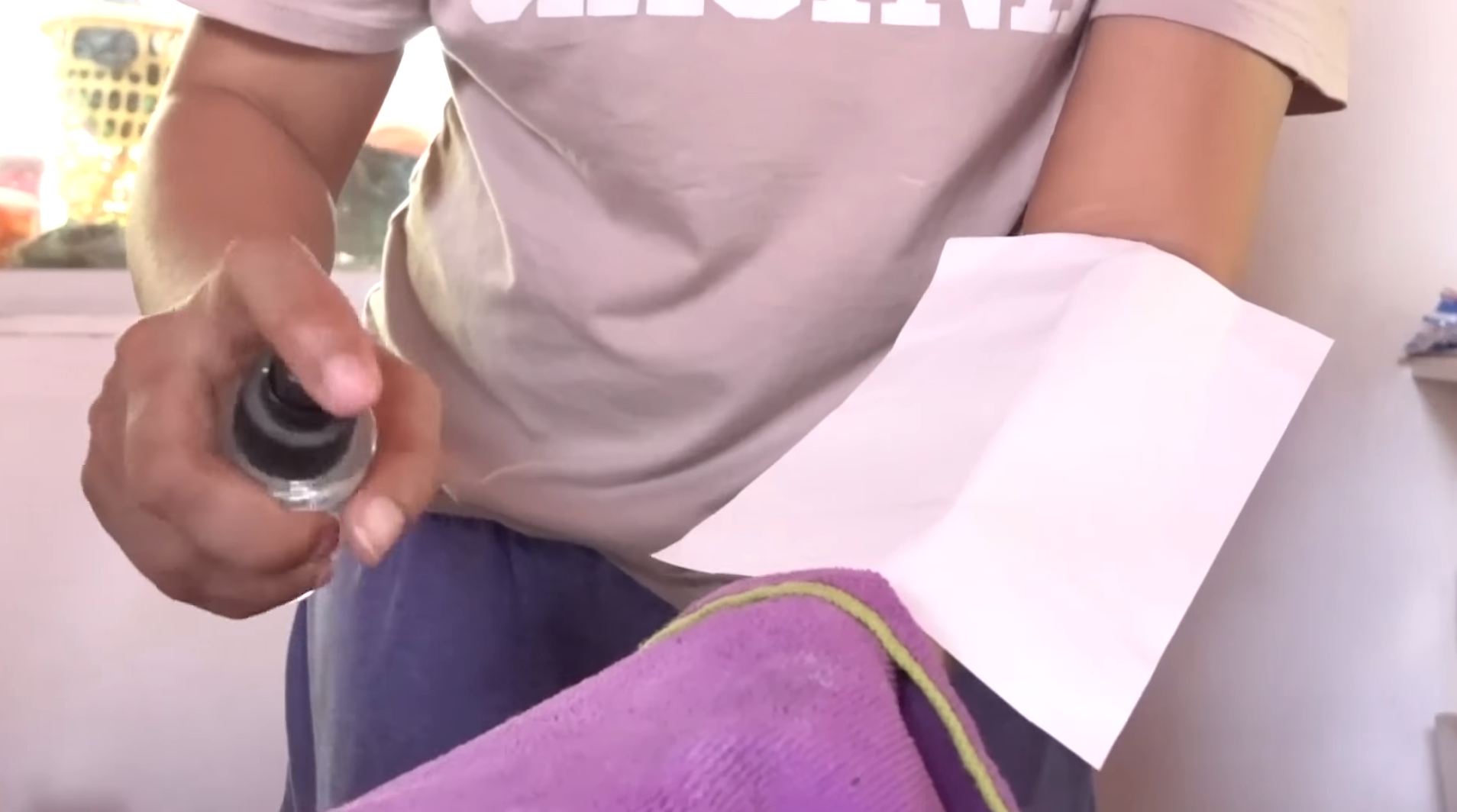
Steps to help extend the longevity of temporary tattoos:
Before we dive into the specific steps to prolong the life of your temporary tattoos, it’s essential to remember that the process starts even before the tattoo is applied. This involves preparing your skin properly, choosing the right placement for the tattoo, and ensuring the tattoo is applied correctly.
Clean the Skin:
Before applying your temporary tattoo, it’s important to thoroughly clean the skin area where the tattoo will be placed. Any oil, dirt, or dead skin can hinder the tattoo’s adhesion process, causing it to peel off prematurely. Start by washing the area with a gentle soap and warm water. Avoid using any oil-based skin products as they can interfere with the tattoo’s adhesion. After washing, exfoliate the skin gently to remove any dead skin cells. You can use a simple homemade scrub of sugar and water or a store-bought exfoliant.
Choose the Right Location:
When choosing where to place your temporary tattoo, aim for an area of the body with less friction and hair. The more friction an area experiences, the quicker the tattoo will wear off. [1] Similarly, a hairier part of your body may hinder the tattoo’s adhesion process. Body parts like the upper arm, back, or chest are ideal as these areas typically experience less friction and are not overly hairy. Avoid areas with thin skin, such as the hands, feet, or ankles, as the tattoo may wear off quickly due to the high amount of friction these areas typically experience. Once you’ve selected a location, ensure it’s thoroughly cleaned and exfoliated before application.
Pat Dry, Don’t Rub:
After applying the temporary tattoo, it’s crucial to handle the area gently to maintain its longevity. When you need to dry the tattooed area, whether after a bath or sweat, always pat dry instead of rubbing. Rubbing can cause friction, which can prematurely wear off the tattoo. Using a soft towel, gently pat the area until it’s dry. This gentle method of drying helps to keep the tattoo intact, prolonging its life. Always remember, that the more gently you treat your temporary tattoo, the longer it will last.
Use a Setting Spray or Hair Spray:
After applying and drying your temporary tattoo, one of the best ways to make it last longer is by using a setting spray or hair spray. These sprays create a protective layer over the tattoo, helping to guard it from external factors like sweat, oil, and friction that can cause the tattoo to fade more quickly. To do this, hold the spray about six inches away from the tattoo and gently mist the area. Let it dry completely before moving on to your next activities. Be sure to test the spray on a small area of your skin first to ensure you do not have any allergic reaction. This trick can add a few extra days to the life of your temporary tattoo.
Things To Avoid If You Want The Tattoo To Last
In your quest to enhance your look with a touch of creativity and personal expression, you may find yourself drawn to the allure of tattoos. However, the permanence of real tattoos can be a daunting commitment for many.
Avoid Moisture
Moisture is one of the primary culprits that leads to the premature fading of temporary tattoos. The reason is that temporary tattoos adhere to the surface of the skin, and any form of moisture, be it from sweat, water, lotions, or oils, can act as a barrier between the tattoo and your skin, weakening the adhesion. This is especially true when the tattoo is still fresh and hasn’t completely settled onto your skin.
Exposing the tattoo to water during showers, baths, or swimming sessions can cause the ink to start lifting off. Similarly, sweat from exercise or outdoor activities can alter the tattoo’s appearance, making it look faded or smeared. Moist skin care products like lotions and oils can also degrade the tattoo’s quality by making the skin slippery, disrupting the tattoo’s grip on the skin. Additionally, these products can cause the colors of the tattoo to bleed, resulting in a blurred, murky appearance. In extreme cases, moisture can even lead to the complete removal of the tattoo.
Be Cautious During Showering
During showering, it’s essential to exercise caution to prolong the lifespan of your temporary tattoo. Showers, especially hot ones, are notorious for causing temporary tattoos to fade or peel off sooner than expected. The primary reason is that the heat and steam from the shower open up your skin’s pores, weakening the tattoo’s adhesion to the skin. Moreover, the direct stream of water, especially if it’s high pressure, can physically wash away parts of the tattoo, leading to uneven fading or patchiness.
In addition, using soaps, gels, or scrubs on the tattooed area can cause further damage as these products often contain harsh chemicals that can strip away the tattoo. This is especially true for exfoliating soaps or scrubs, as they specifically act to remove the top layer of skin cells – the very layer to which your tattoo is adhered.
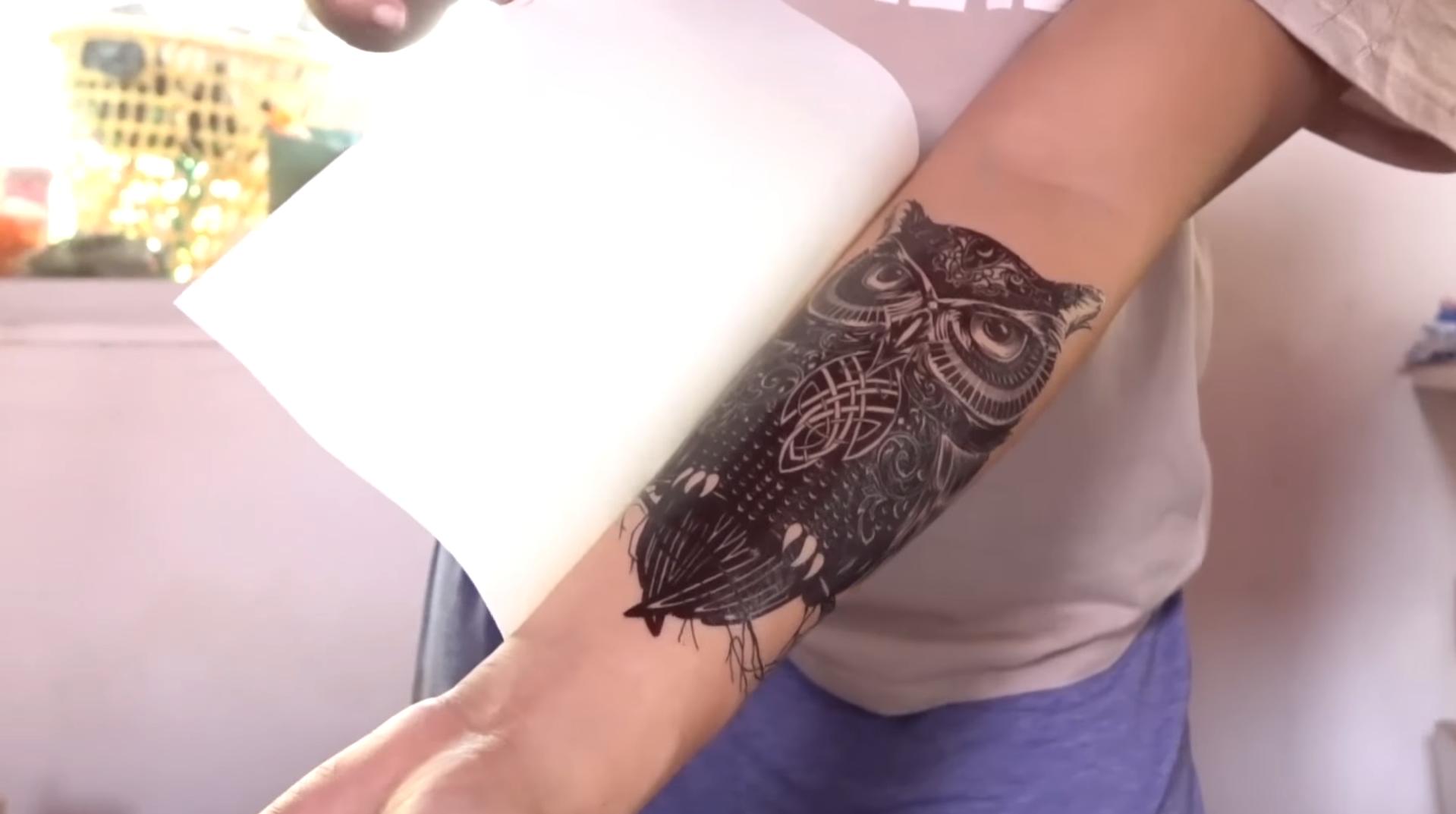
Skip Oily Products
Avoiding oily products is critical in maintaining the longevity and vibrancy of your temporary tattoo. Oils, whether natural or found in skincare products, can compromise the adhesion of the temporary tattoo to the skin. Just as moisture can act as a barrier, oil creates a slippery surface on the skin, making it difficult for the tattoo to stay in place. Furthermore, oil has a tendency to seep into the tiny spaces between the tattoo and the skin, lifting the tattoo from beneath and causing it to fade, smear, or peel off prematurely.
Certain oils can also interact chemically with the tattoo ink, causing the colors to bleed and lose their sharpness, resulting in a blurred, less defined tattoo. This is particularly true for essential oils and citrus-based oils, which have strong properties and are often used in skincare products for their beneficial effects. However, these properties can be detrimental to temporary tattoos. To maintain the vividness and longevity of your temporary tattoo, it’s recommended to keep the tattooed area free from oily substances. If you need to apply skincare products, opt for oil-free versions and avoid applying them directly to the tattooed area.
Limit Sun Exposure
Excessive sun exposure can be detrimental to your temporary tattoo’s lifespan and appearance. The sun’s ultraviolet (UV) rays lead to the degradation of ink pigments, causing the colors of the temporary tattoo to fade and lose their vibrancy. This fading occurs because the UV radiation breaks down the chemical bonds in the ink pigments, altering their structure and subsequently their ability to reflect light, which is how we perceive color. The more intense the sun exposure, the faster this process takes place.
Sunscreen application is also a concern. While it’s beneficial for protecting the skin from harmful UV radiation, the chemicals in many sunscreens can interact with the ink and adhesives of the temporary tattoo, causing them to break down faster. To ensure the longevity and vibrancy of your temporary tattoo, it’s recommended to limit sun exposure, especially during peak UV radiation hours.
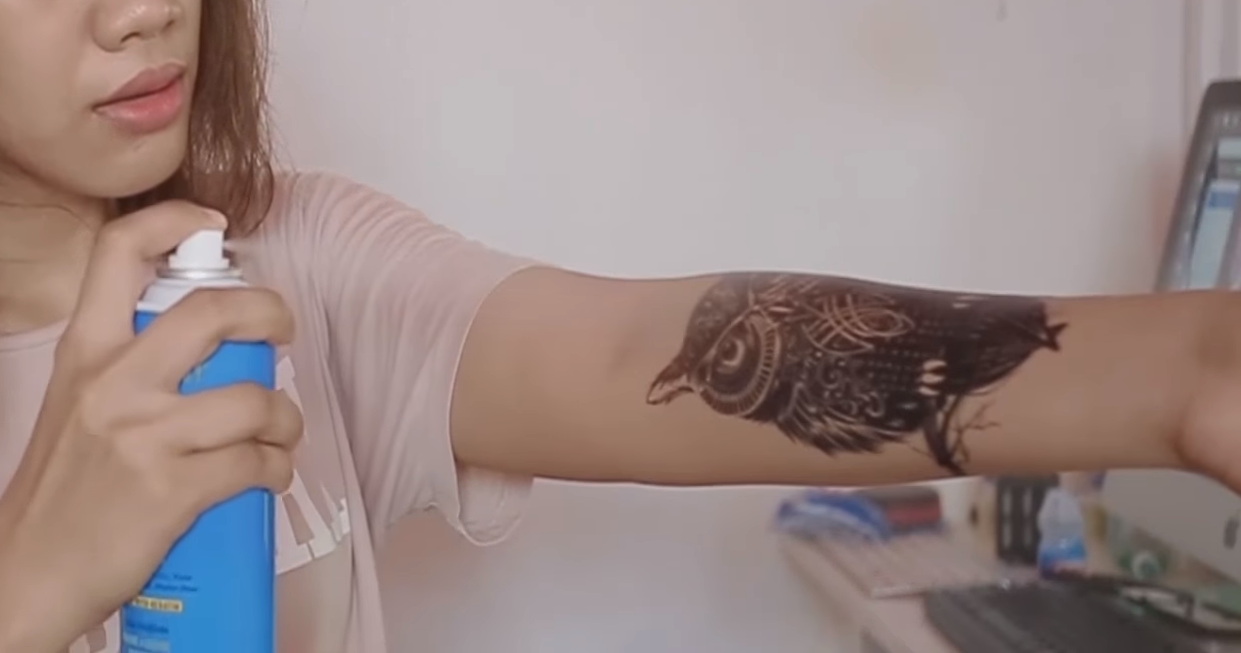
Minimize Friction
Minimizing friction on the area of your temporary tattoo is a crucial step in maintaining its longevity and vibrancy. Friction, which can occur from rubbing against clothing, accessories, other body parts, or through physical activities, can lead to premature fading, smudging, or peeling of the tattoo. [2] The temporary tattoo adheres to the topmost layer of your skin, and constant friction can lead to the exfoliation of these skin cells, resulting in the gradual wearing off of the tattoo. This is especially true for areas of the body that are typically subject to high friction, such as the hands, feet, or joints.
Furthermore, friction generates heat, which can indirectly contribute to the degradation of the tattoo. As discussed earlier, heat can open up the skin’s pores, compromising the tattoo’s adhesion to the skin. Friction can also lead to micro-tears in the skin, which not only accelerates the tattoo’s removal but can also cause the colors to bleed or the design to distort.
Touch Up
If after implementing these preventive measures, you still notice some fading or peeling of your temporary tattoo, don’t be disheartened. A timely touch-up can save the day. Touching up a temporary tattoo involves replenishing the faded ink, thereby restoring its vibrancy and definition. This can be done using a fine-tipped ink pen or marker that matches the color of the original tattoo. Here’s a step-by-step guide on how to do it:
- Clean the Area: Firstly, make sure the tattoo area is clean and dry. This will ensure optimal adherence of the ink to your skin and prevent further peeling.
- Apply the Ink: Use a fine-tipped ink pen or marker to carefully follow the lines and contours of the original tattoo. Be patient and take your time to ensure accuracy and to avoid smudging the ink.
- Let it Dry: Allow the ink to dry completely before touching it or allowing clothing or other materials to come into contact with it. The drying time will depend on the type of ink used.
- Seal the Tattoo: Once the ink is dry, you can seal the tattoo to protect it from moisture and friction. This can be done using a clear powder or spray, or a specific product designed for sealing temporary tattoos. Apply a thin layer and allow it to dry.
Use a Sealant
Using a sealant is an effective method to prolong the life of your temporary tattoo and maintain its vibrancy. A sealant creates a protective barrier between the tattoo and external factors that may contribute to its degradation. This barrier helps to prevent the tattoo ink from coming into direct contact with elements such as water, oils, sweat, and friction, which can cause the ink to smudge, fade, or peel off.
Furthermore, a sealant can add a glossy finish to the tattoo, enhancing its appearance and making it look more like a real tattoo. It can also make the tattoo feel more comfortable on the skin, as it can reduce the tattoo’s likelihood of cracking or flaking.
Gentle Care
In the process of maintaining your temporary tattoo, gentle care is of utmost importance. Always remember to clean the tattooed area with mild soap and pat it dry gently rather than rubbing it. Avoid exposing the tattoo to intense sunlight or tanning beds, as UV radiation can speed up the fading process. When applying products like moisturizers or sunscreens, look for ones that are oil-free to prevent the tattoo design from smearing or smudging. Similarly, when you’re active and sweating, make sure to blot the sweat off instead of wiping it. By handling your tattoo with gentle care, you can extend its lifespan and keep its design looking crisp and vibrant.
Avoid Excessive Sweating
Sweating can significantly affect the longevity and appearance of your temporary tattoo. It’s necessary to avoid strenuous activities, intense workouts, or sports that can induce excessive sweating, especially during the initial period after applying the tattoo. The moisture from sweat can compromise the adhesion of the tattoo to your skin, causing it to smudge or fade. In addition, sweat, being slightly acidic, can react with the tattoo ink and affect its color and intensity.
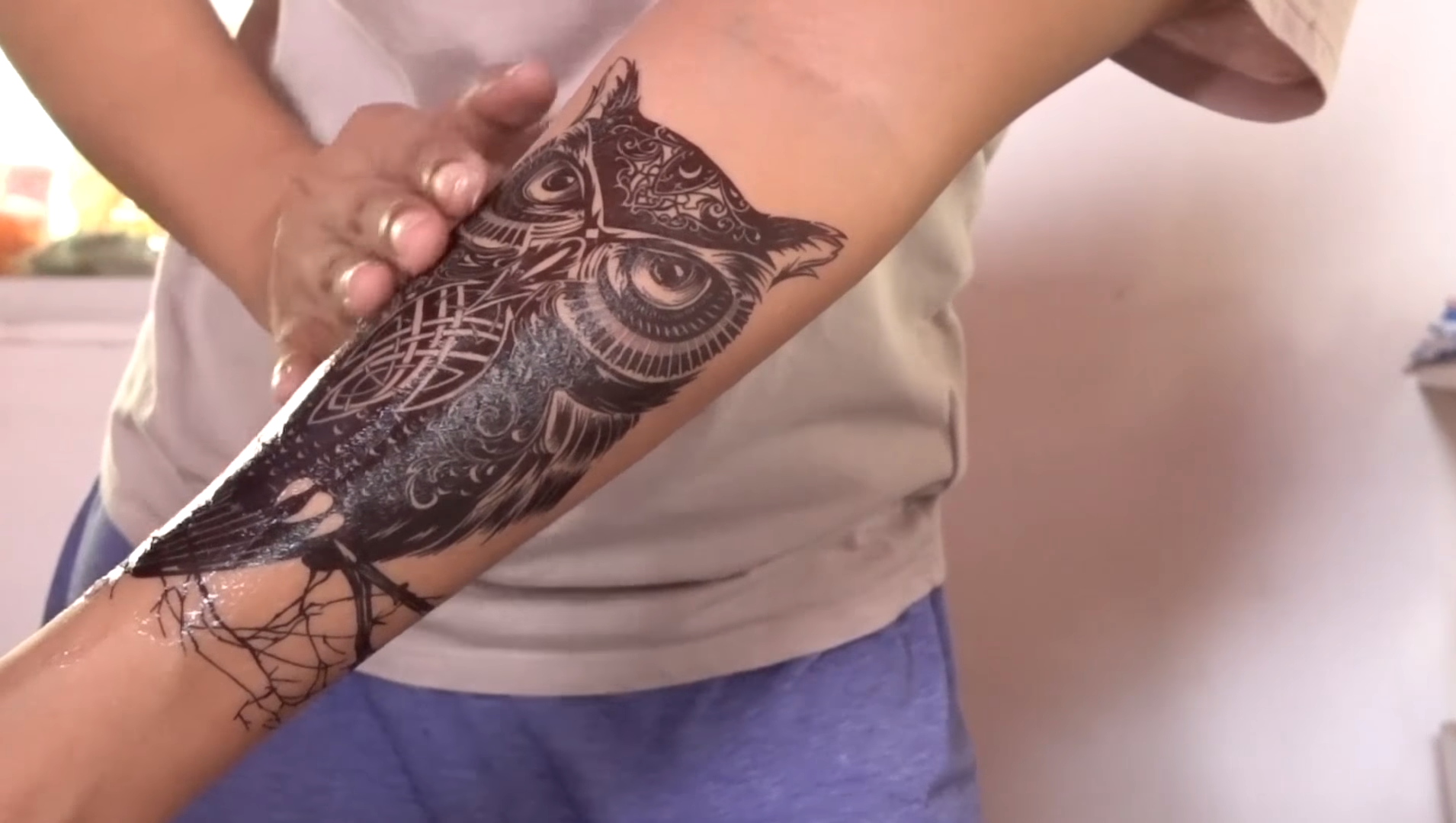
Remove Carefully
When it’s time to remove your temporary tattoo, doing so with care is just as important as the steps to maintain it. To avoid causing skin irritation or potential damage, use a gentle removal method. A simple and effective way is to use a wet cloth or sponge with warm water and mild soap. Gently rub the tattoo until the design begins to break apart, then rinse the area clean. For more stubborn tattoos, oil-based products like olive oil or baby oil can help break down the adhesive and ink. Apply the oil to the tattoo, let it soak for a few minutes, then gently wipe away. Whichever removal method you choose, always follow up with a moisturizer to rehydrate your skin after the process. Remember not to rush the removal process or use harsh scrubbing, as this could lead to skin redness or irritation.
Frequently Asked Questions
Does petroleum jelly make temporary tattoos last longer?
While petroleum jelly is often used in tattoo aftercare, it’s not typically recommended for prolonging the life of a temporary tattoo. This is because petroleum jelly is quite heavy and oily, and can cause the temporary tattoo to smudge or fade. Instead of petroleum jelly, consider using a sealant or a light, oil-free moisturizer to help keep your temporary tattoo looking fresh and vibrant.
Can you put lotion on a fake tattoo?
Yes, you can put lotion on a fake tattoo, but it’s essential to choose the right kind of lotion. Opt for an oil-free, fragrance-free, and dye-free moisturizer to prevent the temporary tattoo ink from smudging or fading. The lotion should be lightweight and non-greasy to ensure that it doesn’t interfere with the tattoo’s adherence to the skin. Applying a thin layer of such a lotion can aid in keeping the skin hydrated, which in turn can help maintain the vibrancy of the temporary tattoo. Remember to pat the lotion onto your skin gently, rather than rubbing it in, to avoid distorting the tattoo design.
How do you make temporary water tattoos last longer?
To make temporary water tattoos last longer, a few steps can be followed. First, ensure that your skin is clean, dry, and free from oils before applying the tattoo. Apply the tattoo according to the instructions, making sure to press down firmly and evenly to ensure good adhesion. Once the tattoo is applied, pat it dry gently, don’t rub. To seal the tattoo and add an extra layer of protection, you can use a small amount of clear, non-alcoholic sealant. This will help to protect the tattoo from water and friction. Avoid wearing tight clothing over the tattoo and try to minimize sweating and exposure to water, especially in the first few hours. Finally, when washing or moisturizing the tattooed area, use mild, oil-free products and pat rather than rub the area.
Does petroleum jelly make temporary tattoos last longer?
Petroleum jelly, while useful for many skincare applications, is not typically recommended for extending the life of a temporary tattoo. It has a thick, oily consistency that can cause the tattoo to smear, blur, or fade prematurely. Rather than petroleum jelly, consider using a clear, non-alcoholic sealant or a light, oil-free moisturizer to keep your temporary tattoo vibrant and fresh.
Useful Video: Make your Temporary tattoo last longer! (2-4 weeks)
Conclusion
In conclusion, the longevity and vibrancy of your temporary tattoo largely depend on how well you care for it. From the moment of application to the eventual removal, every step matters. Avoiding excessive sweat and moisture, using oil-free products, and gently handling the tattooed area are key actions that can significantly enhance your tattoo’s lifespan. Moreover, using a suitable sealant can provide an extra layer of protection, ensuring that your temporary tattoo remains vibrant and crisp. Despite the temporary nature of these tattoos, with the right care, you can enjoy their beauty and uniqueness for a more extended period.
References:
- https://www.women.com/1353723/reasons-why-tattoo-fading/
- https://www.wikihow.com/Make-a-Temporary-Tattoo-Last-Longer


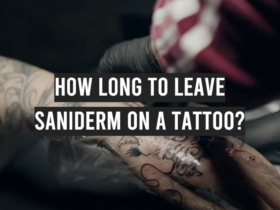


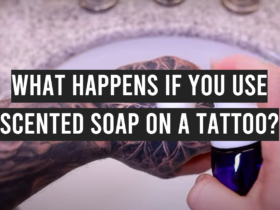
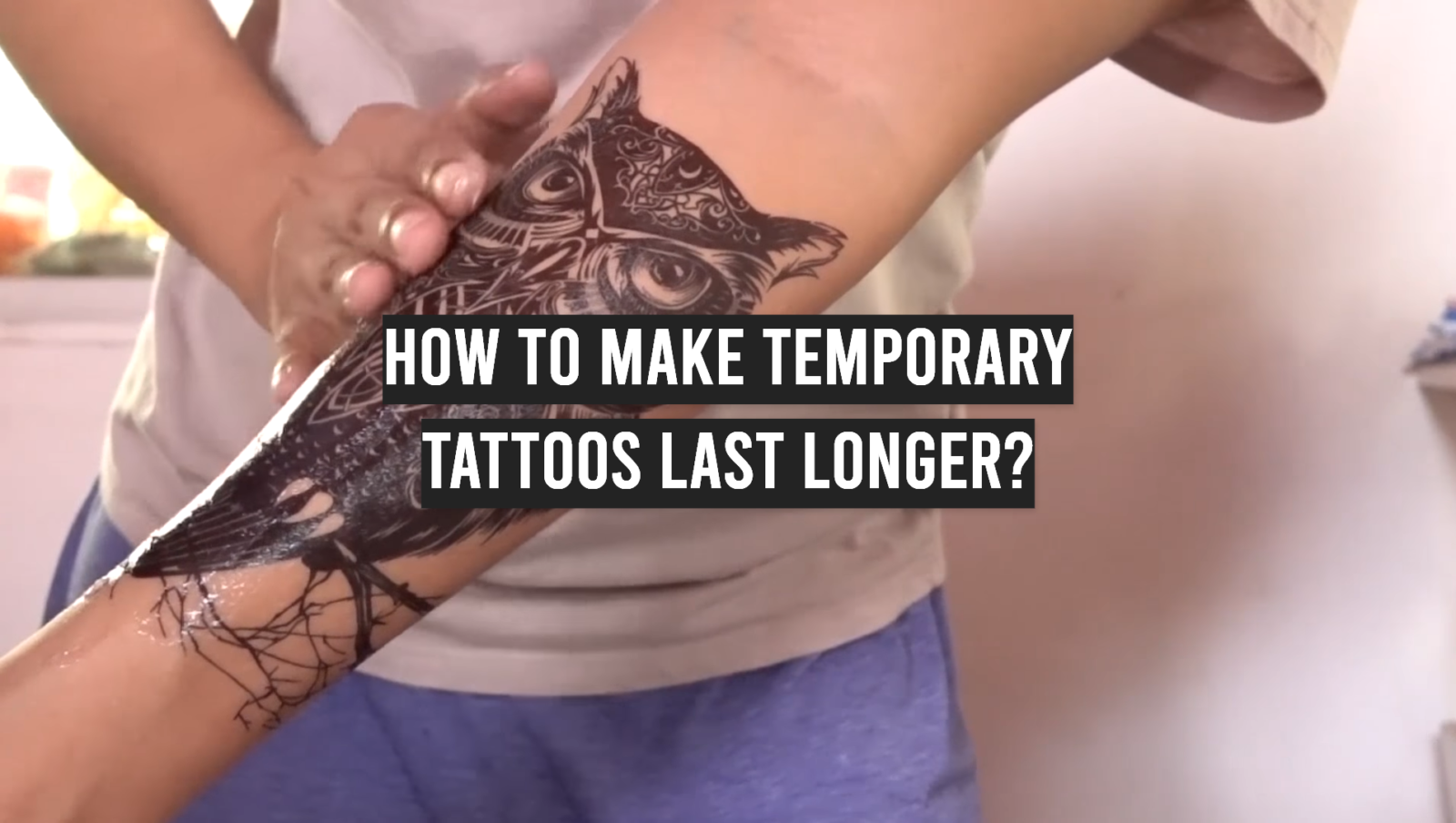
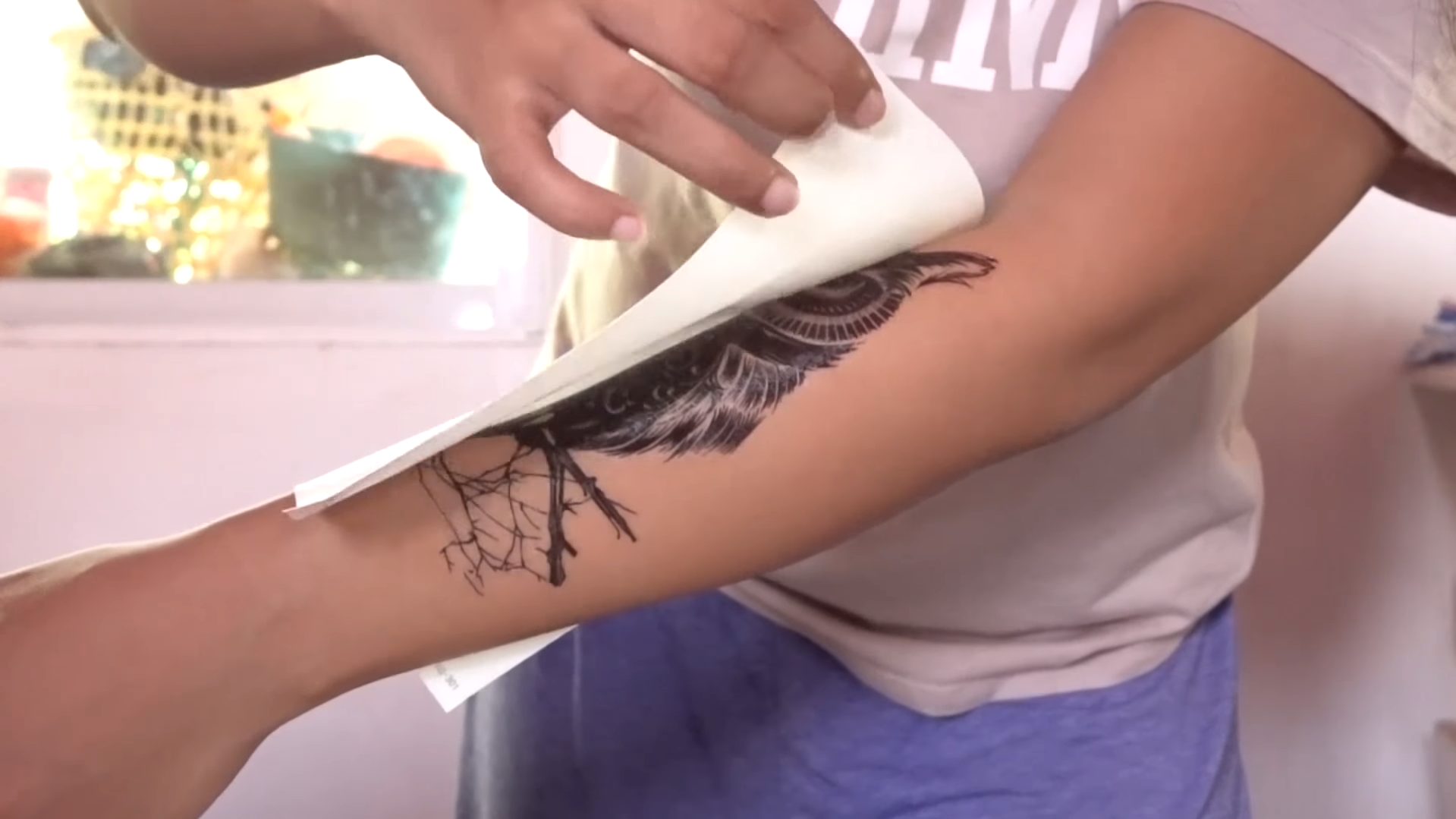
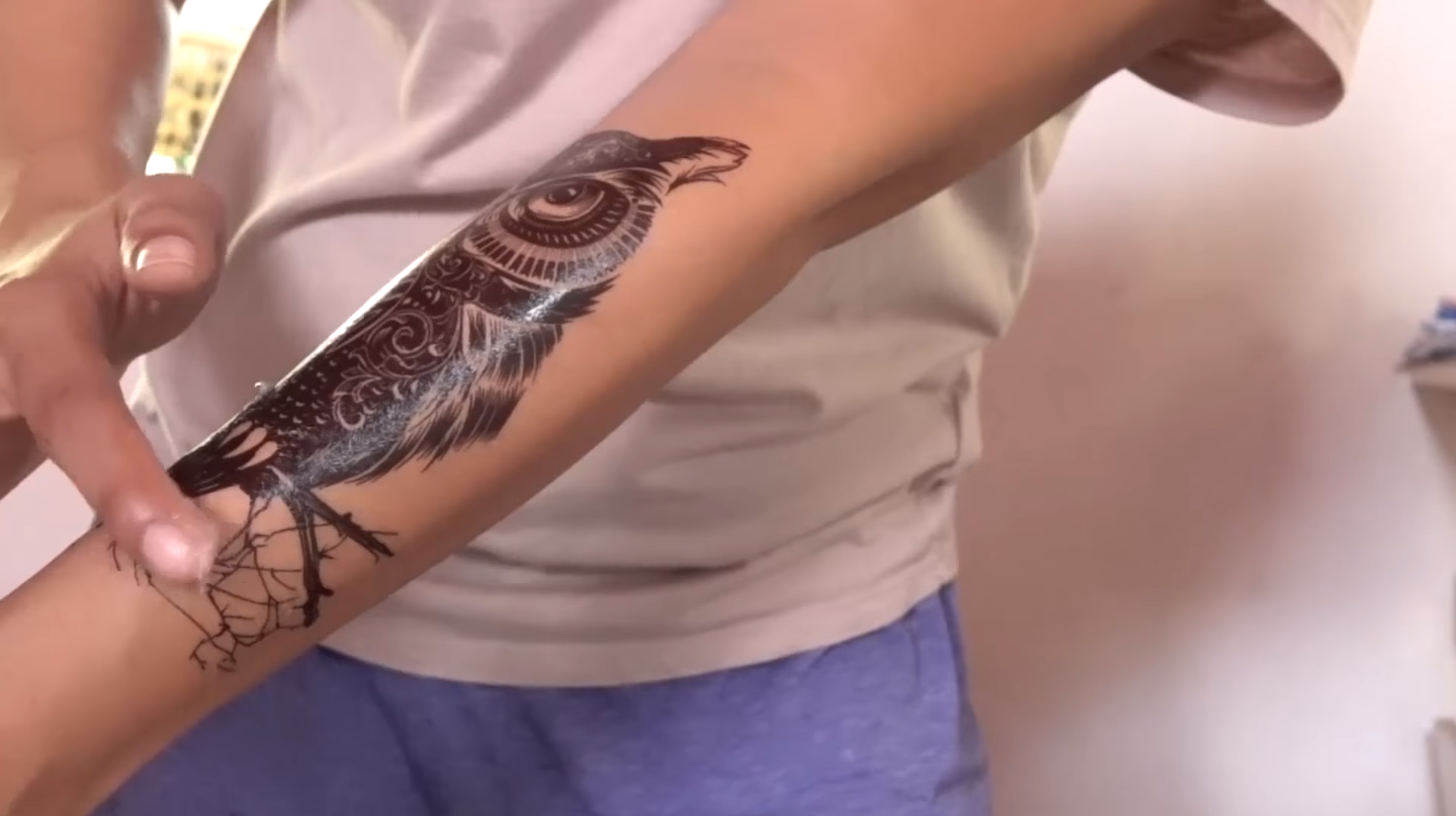


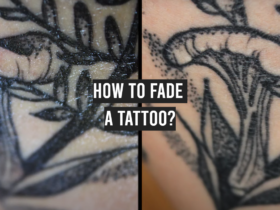

Leave a Review